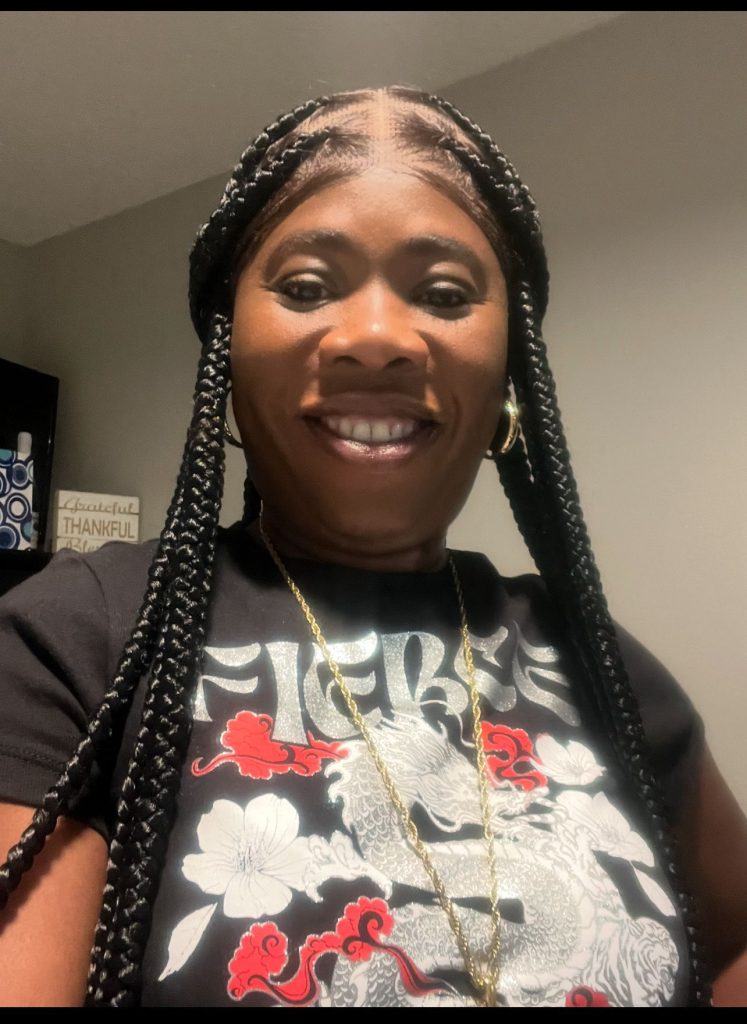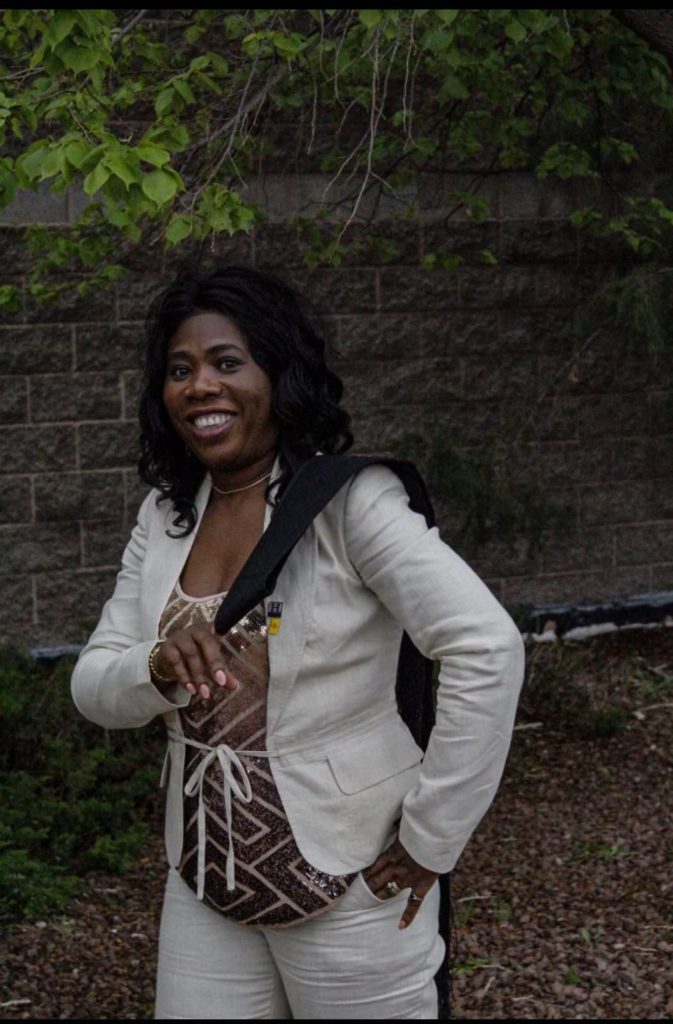Disabled students face persistent inequities in science education, ranging from inaccessible curriculum materials to limited teacher preparedness. This article examines how science can serve as a pathway to inclusion when teaching strategies, adaptive resources, and collaborative classroom practices are intentionally designed for equity. Using case study data from inclusive science classrooms in New Mexico Highlands University outreach schools, the study highlights the roles of differentiated instruction, peer collaboration, and culturally responsive pedagogy in bridging learning gaps. Findings suggest that inclusive science not only enhances academic outcomes but also fosters belonging, resilience, and participation among disabled learners.
Keywords: Inclusive pedagogy, disabled learners, science education, equity, accessibility, collaboration
Introduction
While inclusion has become a guiding principle in modern education, science classrooms often lag behind in implementing equitable strategies for disabled learners. Rigid lab requirements, abstract content, and inaccessible teaching materials contribute to exclusion. Yet, science is also uniquely positioned to model collaboration, experimentation, and creative problem-solving. This paper argues that science can become a pathway to inclusion if educators adopt strategies that intentionally bridge learning gaps.

Literature Review
Equity and Inclusion: UNESCO and U.S. Department of Education policies on inclusive education.
Science as Inclusive Practice: Studies showing how inquiry-based and collaborative learning support diverse learners (Brown, 2019).
Barriers: Lack of assistive materials, teacher training gaps, standardized testing pressures (Johnson & Rivera, 2020).
Best Practices Emerging: Differentiated instruction, peer tutoring, culturally responsive pedagogy.
Gap: While empowerment models exist, there is little focus on science as a tool for belonging and community inclusion.
Methodology
Design: Case study with mixed qualitative data.
Participants: 10 disabled students (physical, sensory, learning disabilities), 5 science teachers, 3 paraprofessionals.
Tools: Accessible lab kits, peer-learning groups, differentiated lesson plans.
Data Collection: Interviews, observation, assessment results.
Analysis: Triangulation of qualitative and quantitative data.
Results
Accessibility Increases Participation – Modified labs allowed full participation in experiments.
Collaboration Strengthens Inclusion – Peer-learning groups gave disabled students equal voices in problem-solving.
Teacher Adaptation Bridges Gaps – Teachers who used differentiated assessments observed better engagement and test performance.
Discussion
Findings suggest that inclusion in science requires both structural access and cultural belonging. Unlike traditional accommodation models, this study emphasizes collaboration and shared responsibility as tools for inclusion. Inclusion was not just about “helping” disabled students—it was about reframing classrooms as shared spaces of discovery.
Conclusion
Science, when taught inclusively, becomes a pathway for bridging gaps that exclude disabled learners. This study calls on educators, policymakers, and institutions to invest in accessible resources, teacher training, and collaborative practices. In doing so, science education can become a model for how schools can cultivate belonging, resilience, and equity for all students.

References
Brown, L. (2019). Inquiry-Based Learning for Inclusive Science Classrooms. Journal of Science Education, 41(2), 123–138.
Johnson, T., & Rivera, M. (2020). Barriers and Bridges: Inclusive Pedagogy in STEM. International Review of Education, 66(3), 331–349.
UNESCO (2017). A Guide for Ensuring Inclusive and Equitable Quality Education. Paris: UNESCO Publishing.


